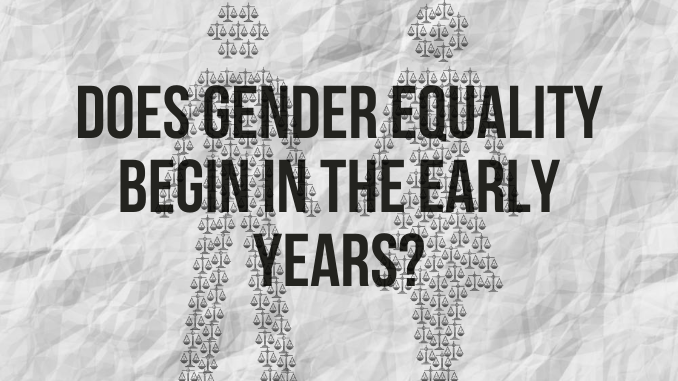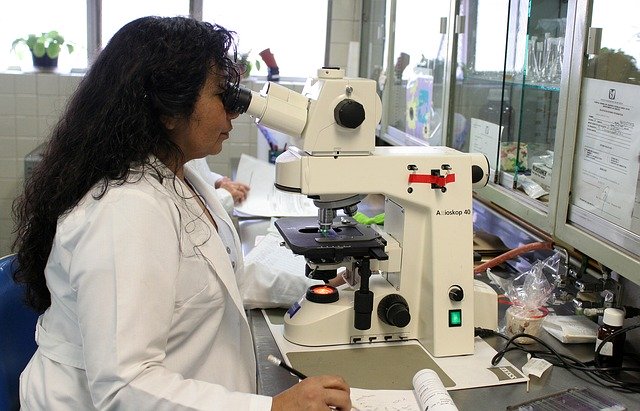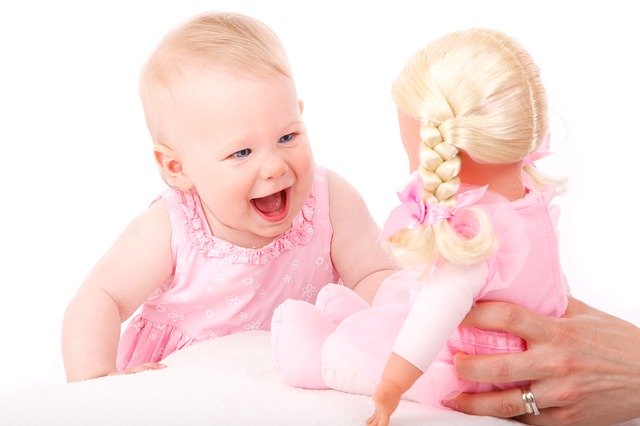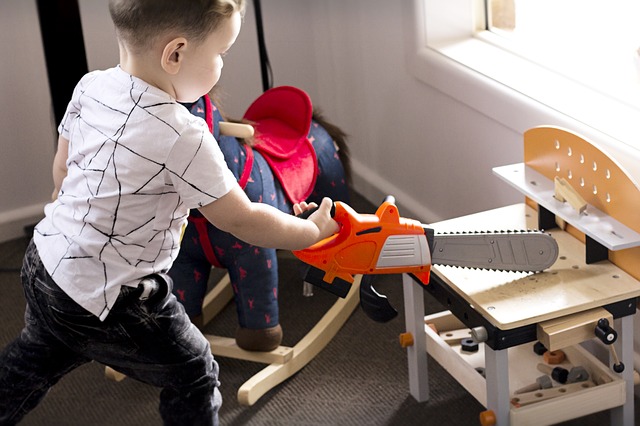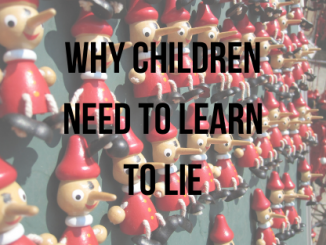What is gender equality?
When we talk about gender equality, this encompasses a range of concepts; fundamentally, gender equality is about having equal opportunities, expectations and rewards regardless of gender. The stereotypes we have about people of each gender has a huge impact on the ability to achieve gender equality. Stereotyping based on gender is common and significant, it perpetuates inequality by exerting pressure on males and females to conform to notions of ‘masculinity’ and ‘femininity. Stereotypes are important in Early years because they influence the activities children engage with in, their interests and skills – and, ultimately, the roles they take in society as adults. (ANROWS and VicHealth, 2015)
Do we have gender equality?
Whilst society has taken huge steps towards gender equality we are certainly not there yet. For example, women can now work and vote but are paid less than men for the same role, and are underrepresented in certain industries.
STEM industries are an area where gender inequality has been highlighted with the workforce being heavily male; consequently, STEM has put into place intervention programs to make strides towards gender equality.
Traditionally there has certainly been a lack of opportunity for females to enter these sectors with science and technology being targeted at boys, and the opportunity to study design and technology in secondary school exclusive to boys whilst girls did “domestic science”, or “home economics”. A cultural shift meant that all subjects were opened up to both boys and girls and nowadays both boys and girls are encouraged to try a range of technologies including electronics, graphic design, textiles and food technology.
It may once have been argued that more boys entered the STEM industries because they got better grades in these subjects but since closed answer tests, and final grades based on exams have diminished in importance, and focus has shifted to understanding, and coursework, girls’ attainment has been raised and they now outperform boys across the board; in all subjects. So, it is important to consider why more boys choose to pursue STEM degrees than girls. It is likely that this is due in part to society’s gender stereotyping.
There is also a cyclical nature to this issue; women are put off by the lack of women and so the lack of women remains a problem; 75% of women working in STEM reported adapting to a male-oriented workplace culture as a significant limiting factor in their careers.
Are gender differences innate or learnt?
It is important to consider whether gender differences in career choice are influenced by innate biological factors or something that we learn as we progress throughout our lives in society. This is the nature versus nurture debate.
In terms of biology, females carry and feed babies whilst males more often hunt and provide food. Some argue that these biological differences explain the differences we see in toy preferences amongst children. For example, females may naturally be more ‘nurturing’ due to their biological roles as mother and therefore prefer playing with dolls. This has been reflected in the behaviour of primates; in studies with Rhesus monkeys male monkeys preferred to play with wheeled toys and not plush dolls, female monkeys played with both wheeled toys and dolls. (Hassett, Siebert & Wallen, 2008)
Conversely, perhaps some of the gender differences in the choice of career has its roots in how children are nurtured. Scientifically, little girls’ and little boys’ brains are very similar but the two are treated very differently. The tide is turning but there has been the tendency to accept rough and tumble play, and being “boisterous” from boys but to discipline such behaviour in girls.
To a certain degree, girls are expected to be quieter, more placid, and interested in nurturing. We often provide them with baby dolls and play kitchens and encourage this social home-based role play much more strongly than we do in boys. Boys on the other extreme are encouraged to play physically outside, or are given blocks and trains and encourage to build. So do these expectations then become self-fulfilling prophecies? We expect girls to be nurturing, we treat them in such a way, and thus they are. Indeed, many caring professions such as Early Years and elderly care have predominately female workforces.
Gender stereotypes in the Early Years
In the early years, children are heavily influenced by their environment and they absorb messages about what is considered ‘normal’ behaviour for girls and ‘normal’ behaviour for boys. These influences extend throughout childhood and as children move into adulthood too, so it’s really important that we question the messages that we are giving children early on.
In doing so from a very young age helps to protect children from discrimination and inequality and parents seem to instinctively know this; research conducted in Scotland by Zero Tolerance found that nine out of ten parents agreed that it was important to treat boys and girls the same in early childhood (Zero Tolerance, 2016)
Perpetuating very fixed, traditional gender norms and gender stereotyping in the Early Years Foundation Stage has a negative impact on outcomes for children and affect mental health, body image and self-esteem in the long-term. Longer-term consequences of gender stereotypes include; girls being at risk of leaving school early, dropping out of sports, eating disorders, early pregnancy, HIV and sexually transmitted infection, exposure to different forms of violence against women, and depression. There is also the stereotype that boys and men should not express their emotions as it makes them too feminine, less manly or weak, and as a consequence of this boys and men often fail to seek help with their mental health and a higher suicide rate amongst males.
As we touched on earlier when discussing the STEM industries, one of the harmful impacts of gender stereotyping is that they influence what children consider for their future aspirations. This early influence has long-term consequences first in school subject choice and later in career choice.
References:
ANROWS and VicHealth (2015) Change the Story: A shared framework for the primary prevention of violence against women and their children in Australia, Our Watch, Melbourne.
Hassett, J. M., Siebert, E. R. and Wallen, K. (2008) Sex differences in rhesus monkey toy preferences parallel those of children, Hormones and Behavior 2008 54(3):359-364
Zero Tolerance (2016) The Default Setting: What parents say about gender stereotyping in their children’s early years

